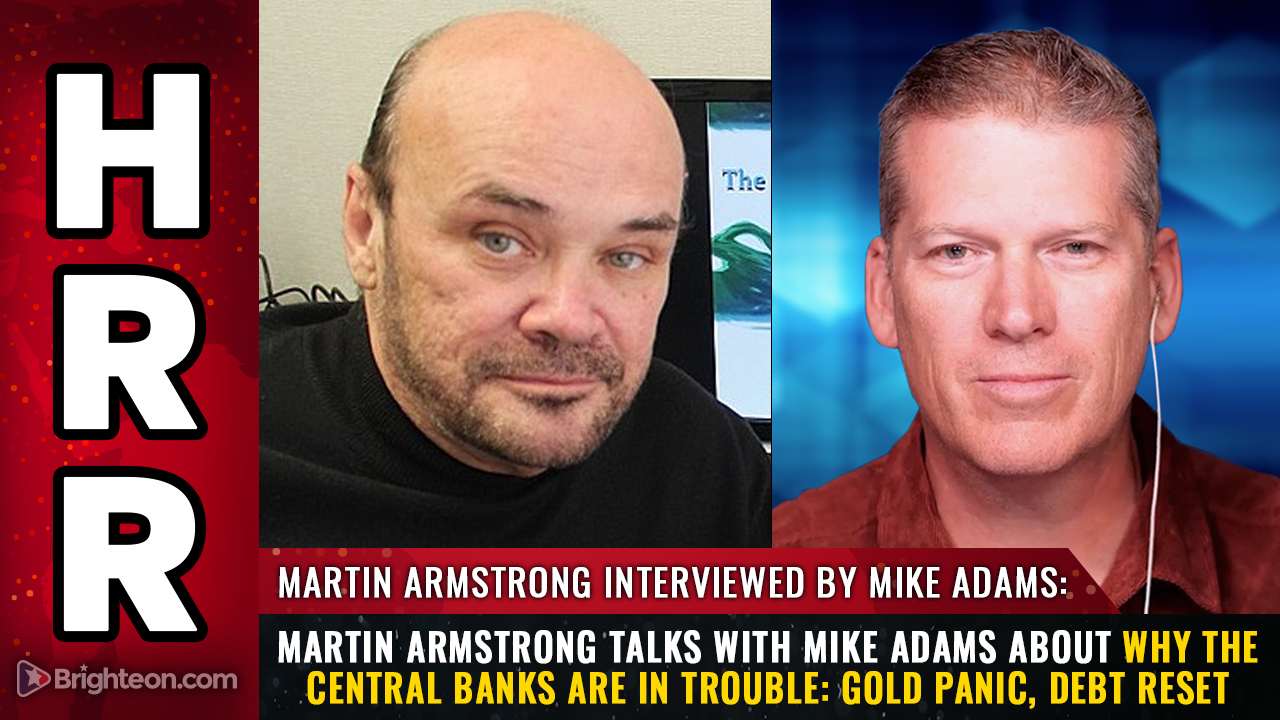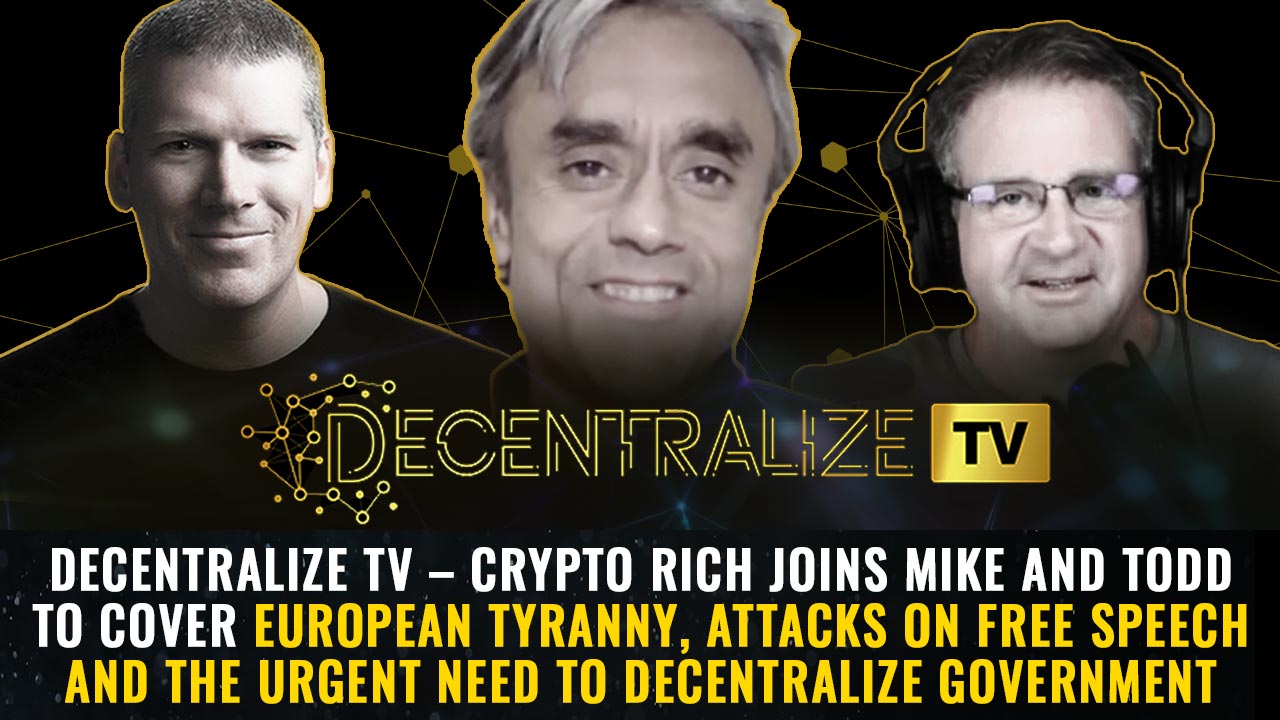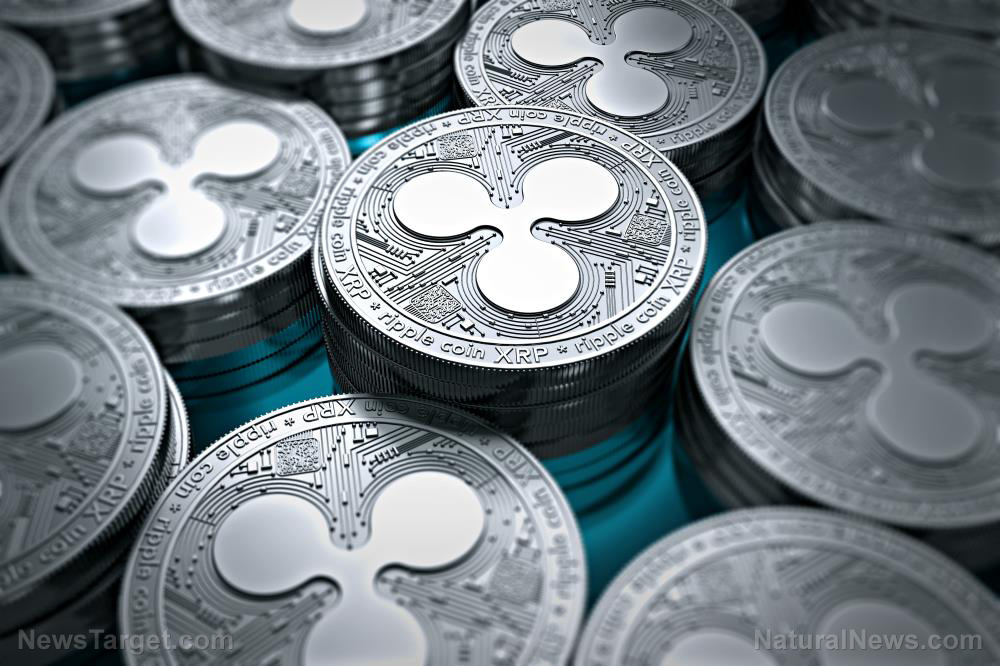 Parler
Parler Gab
Gab
- Gold prices have surged to over $2,900 an ounce, partly due to a physical gold shortage in London caused by gold movements to New York in anticipation of tariffs, exacerbating supply issues.
- The rise in gold prices reflects declining government confidence, especially in Europe, where tensions with Russia are high, highlighting gold's role as a hedge against geopolitical uncertainty.
- Armstrong draws parallels to the 1970s, when gold prices spiked after Russia invaded Afghanistan, suggesting current geopolitical dynamics, like tensions in Europe, are driving similar price increases.
- The conversation critiques current economic theories, which Armstrong deems outdated, and discusses the role of central banks, emphasizing that most money creation occurs through debt.
- Armstrong warns of eroding confidence in the U.S. dollar and the potential for Europe to enter a depression by 2028, while highlighting the role of AI in economic forecasting and its potential to transform the economy.
The gold shortage in London
The interview began with Adams highlighting the unprecedented rise in gold prices and the emerging shortage of physical gold in London. Armstrong, a seasoned expert in international capital flows, explained that the shortage is partly due to the movement of gold from London to New York in anticipation of tariffs. "The Bank of England has sold off gold before to raise money, but a lot of the gold has been shipped from London to New York in anticipation of tariffs," Armstrong noted. This shift has exacerbated the supply issue, leading to delivery delays and increased panic among investors.Geopolitical tensions and declining government confidence
However, Armstrong emphasized that the gold price surge is not solely driven by tariffs. He pointed out that gold's rise is more a reflection of declining confidence in governments, especially in Europe, where tensions with Russia are escalating. "Gold doesn't really go up with inflation," Armstrong explained. "It rises for geopolitical questions when you lose confidence in government, especially during times of war."Historical Context and Current Concerns
To provide historical context, Armstrong referred to the 1970s, when gold prices skyrocketed after Russia invaded Afghanistan. "Gold went from 400 to 875 in the last six weeks of 1979," he said, illustrating how geopolitical events can dramatically impact the precious metal's value. Today, similar dynamics are at play, with European governments beating the war drums against Russia, which has led to a sharp rise in gold prices.The role of central banks and economic theories
Adams and Armstrong also discussed the broader economic implications, including the role of central banks and the Federal Reserve. Armstrong argued that the current economic theories are outdated and fail to address the real issues. "The bulk of money creation is through debt, not just printing," he stated. "The economic theories haven't changed, even though the world has."The future of the dollar and global finance
The conversation then turned to the future of the U.S. dollar and the global financial system. Armstrong warned that the confidence in the dollar is eroding, particularly as countries like China and Russia explore alternative currencies and trade mechanisms. "We're looking at a strong probability of Europe going into a depression by 2028," he said, citing the economic impact of climate change policies and sanctions on Russia. In a forward-looking segment, Adams and Armstrong discussed the role of artificial intelligence (AI) in economic forecasting. Armstrong shared insights from his long-running AI system, Socrates, which has a 40-year track record of accurate predictions. "AI can expand the economy dramatically by automating tedious tasks and allowing humans to focus on higher-level decision-making," he said.Conclusion
As the interview concluded, Armstrong emphasized the importance of understanding the real problems underlying the current economic landscape. "Once you understand the issues, the future begins to look a bit different than what you might have anticipated," he said. The discussion provided a comprehensive look at the factors driving the gold price surge and the broader implications for global finance and geopolitics. Watch this full episode of the "Health Ranger Report" with Mike Adams, the Health Ranger, and Martin Armstrong as they talk about why the central banks are in trouble: Gold panic, debt reset. This video is from the Health Ranger Report channel on Brighteon.com.More related stories:
Gold prices surge toward $3,000 amid global shortage and dollar collapse fears Global trade tensions spark GOLD RUSH for UK gold coins London gold market faces shortage and prices soar as Trump tariff fears spark U.S. stockpiling Sources include: Brighteon.com ArmstrongEconomics.comTrump administration declares war on Mexican drug cartels, designates them as foreign terrorists
By Finn Heartley // Share
Crypto advocate challenges UK tax system to stop funding war crimes
By Finn Heartley // Share
Jonathan Otto’s ‘Cancer Decoded’ unveils light therapy as a potent cancer treatment
By Finn Heartley // Share
Germany’s war on free speech: Dawn raids and heavy fines for online “insults”
By Willow Tohi // Share
Argentine president Javier Milei faces impeachment over $107 million crypto scandal
By Cassie B. // Share
Governments continue to obscure COVID-19 vaccine data amid rising concerns over excess deaths
By patricklewis // Share
Tech giant Microsoft backs EXTINCTION with its support of carbon capture programs
By ramontomeydw // Share
Germany to resume arms exports to Israel despite repeated ceasefire violations
By isabelle // Share










